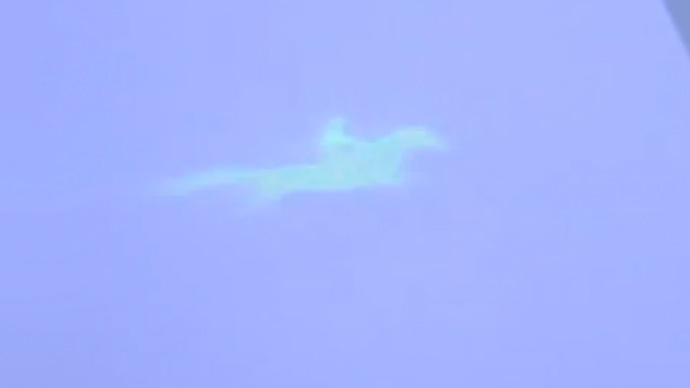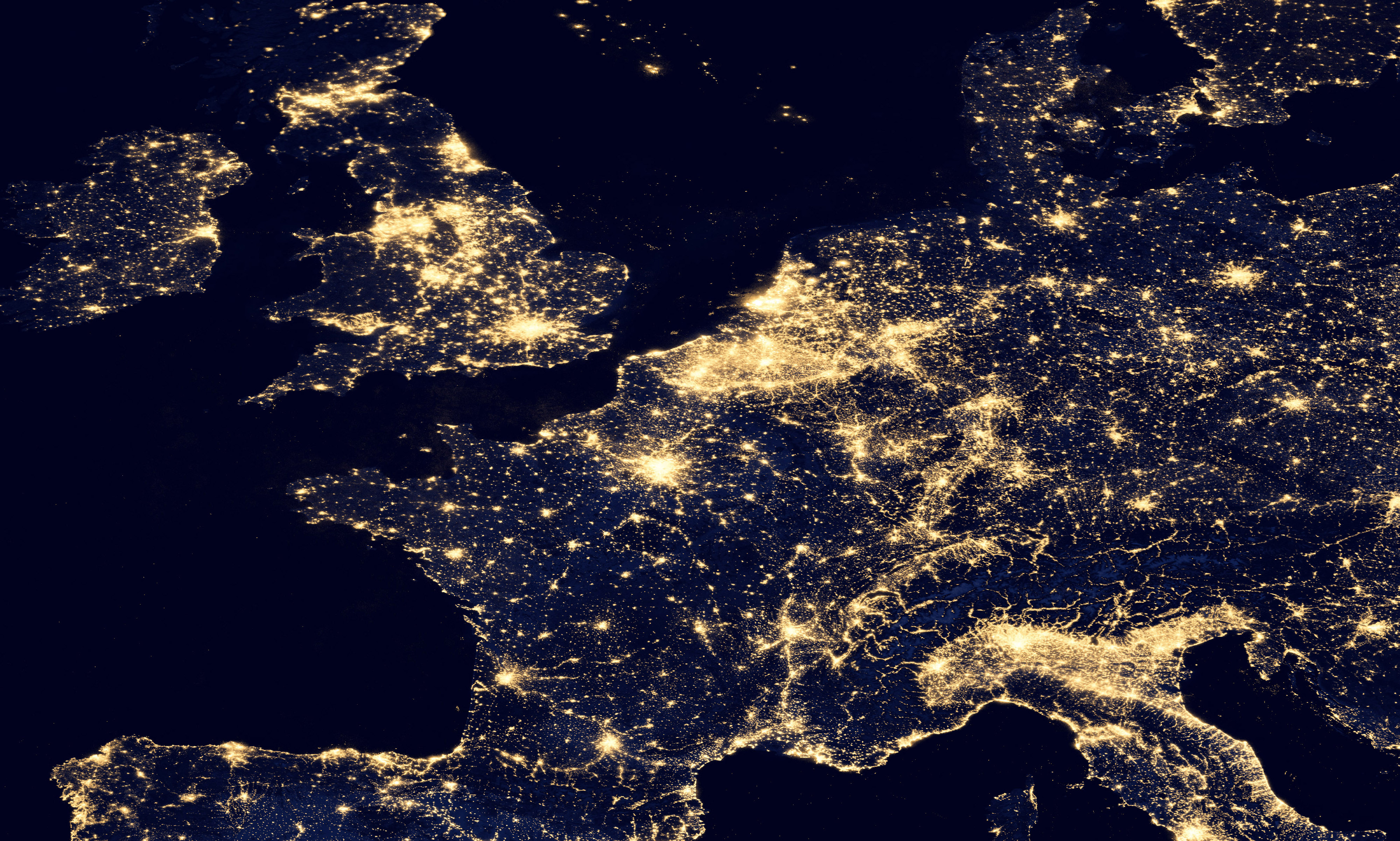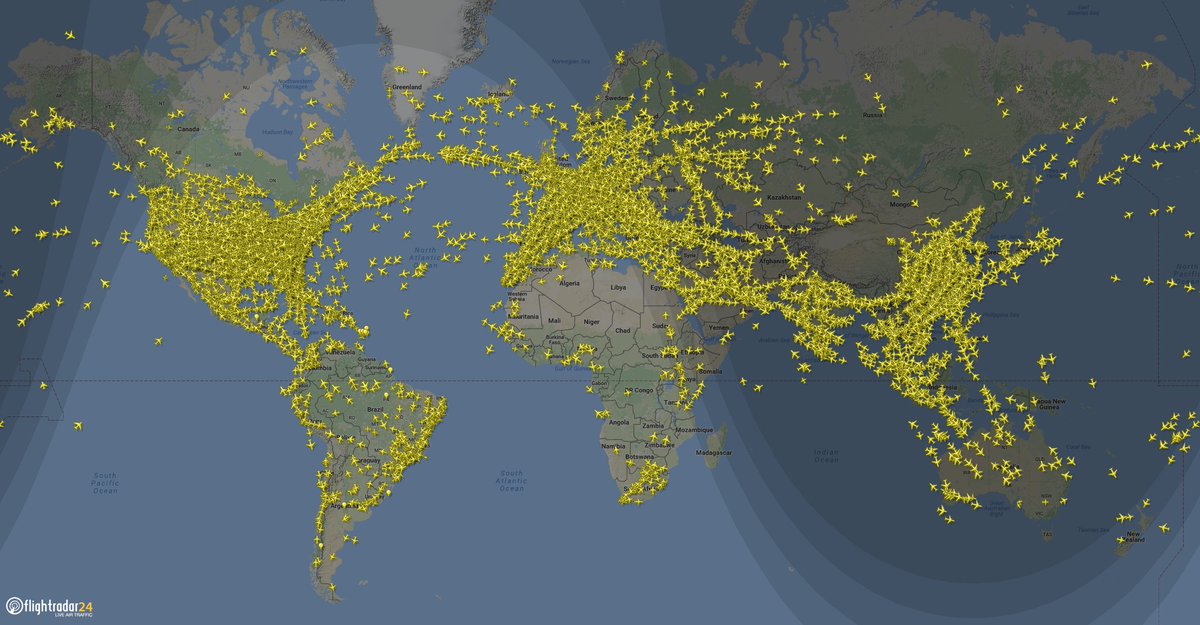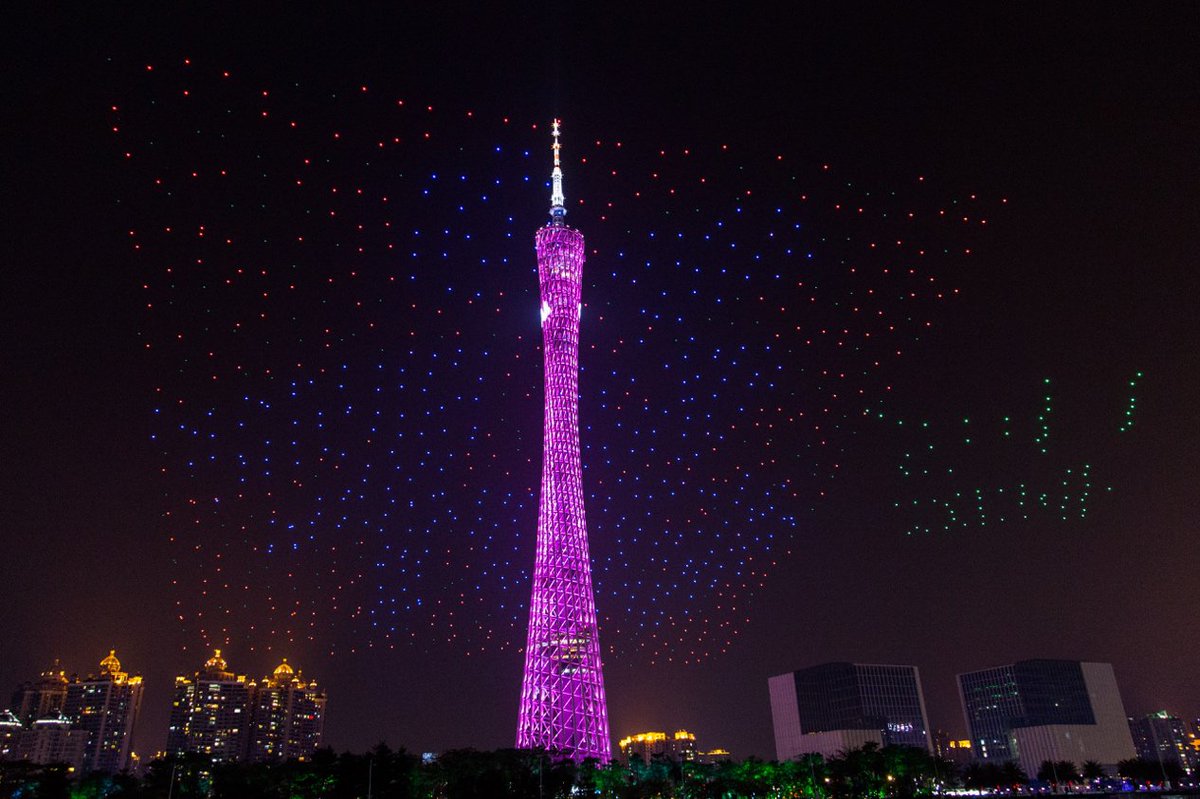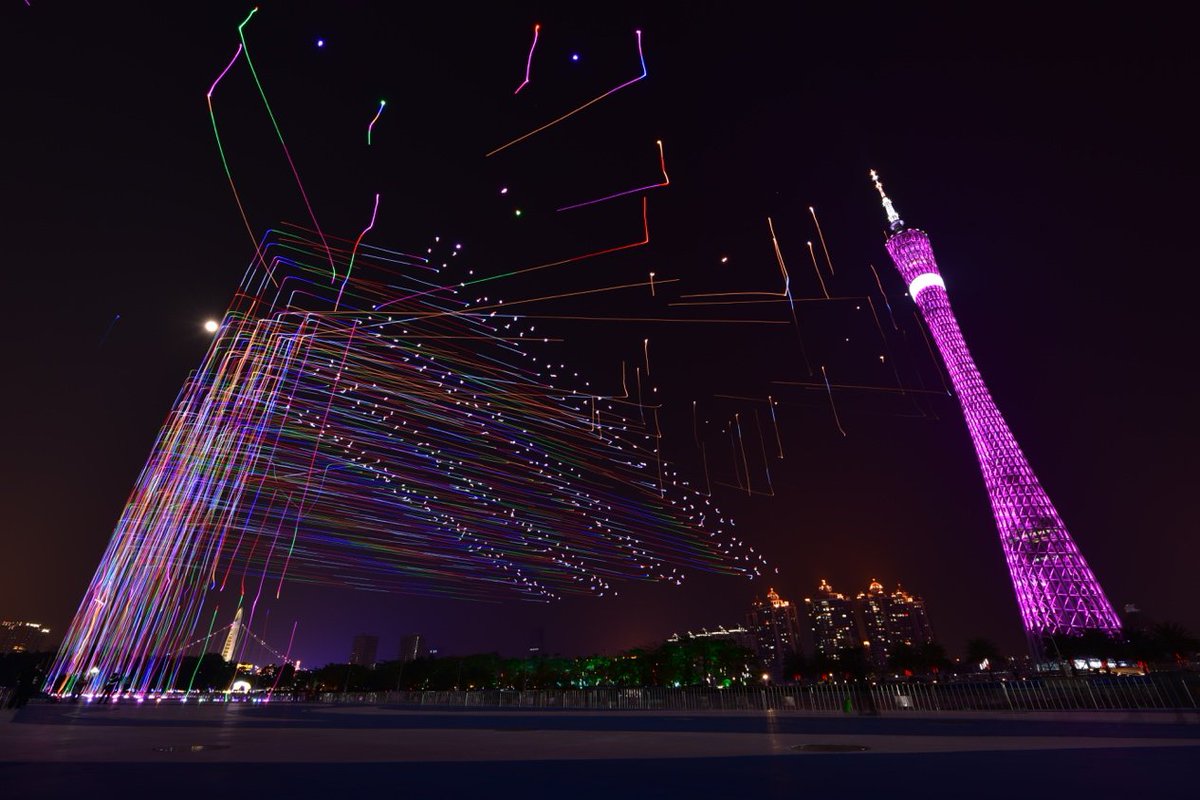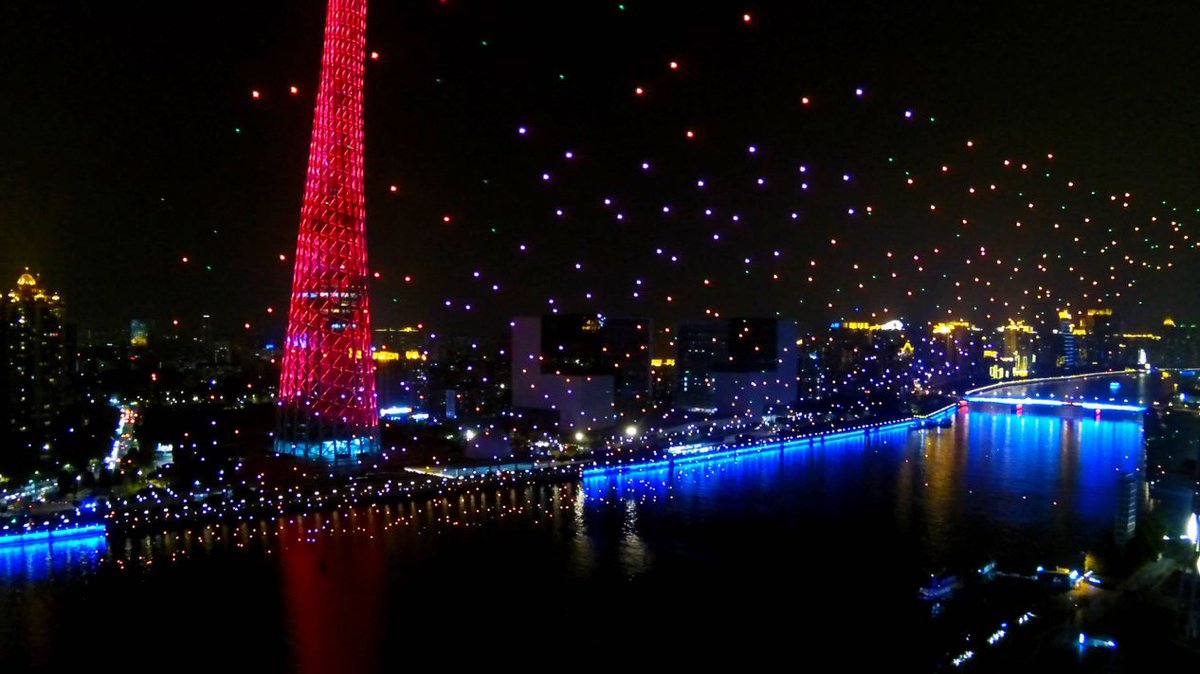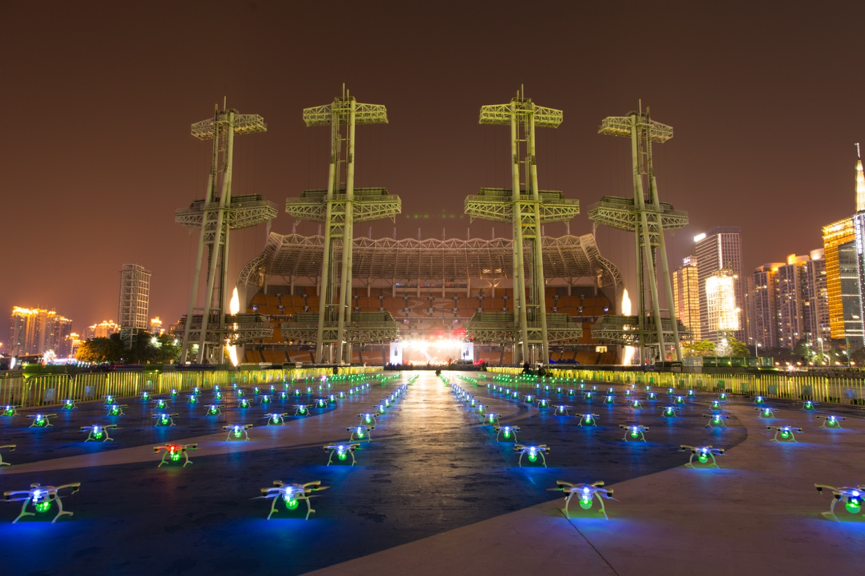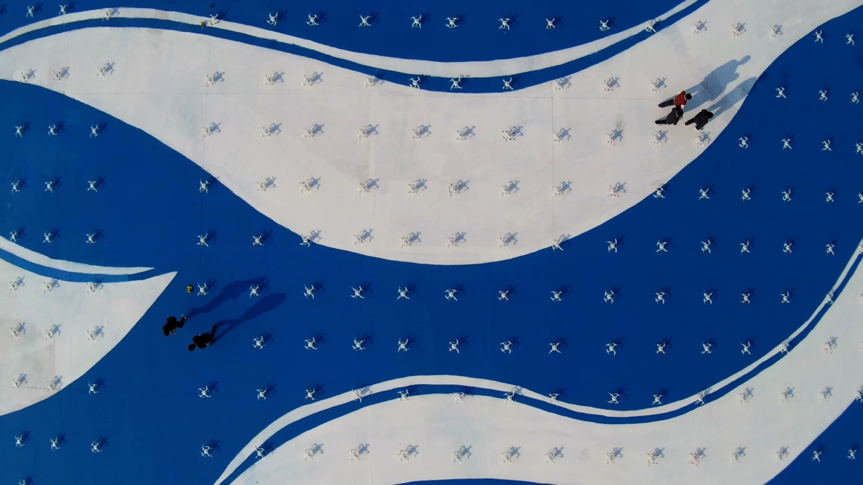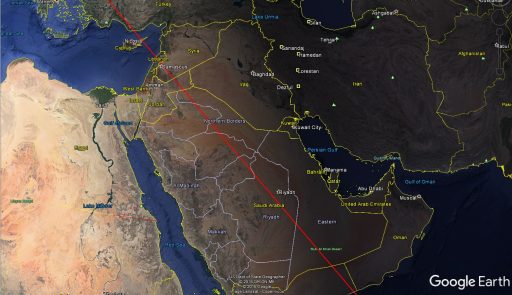Soheil_Esy
Fazanavard فضانورد
- Joined
- Apr 5, 2015
- Messages
- 744
- Reaction score
- 19
- Points
- 18
2015 April 13 - 18 - International Dark Sky Week
International Dark Sky Week is held during the week of the new moon in April. It is a week during which people worldwide turn out their outdoor lights in order to observe the wonders of the night sky without light pollution. It has been endorsed by the International Dark-Sky Association.
International Dark Sky Week 2015 - Light Pollution Matters
Less than 100 years ago, everyone could look up at a spectacular starry night sky. Now, millions of children across the globe will never experience the Milky Way where they live.
Light pollution not only impairs our view of the Universe, it hurts the planet by increasing energy consumption, wasting money and harming the health and safety of humans and wildlife.
What is Light Pollution?
Light pollution is excessive or inappropriate outdoor lighting. Common forms of light pollution include:
- Glare – excessive brightness that causes visual discomfort
- Sky glow – brightening of the night sky over inhabited areas
- Light trespass – light falling where it is not intended or needed
- Clutter – bright, confusing and excessive groupings of light sources
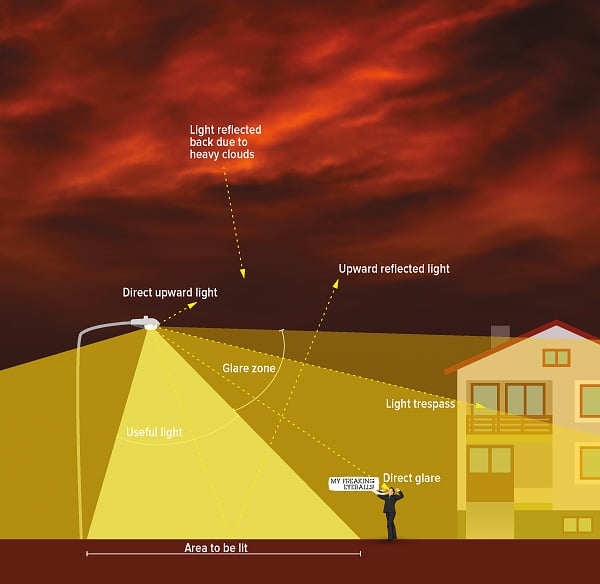
http://darksky.org/wp-content/uploads/2014/09/Light_Pollution_Diagram_680px.jpg
How Bad is Light Pollution Near You?
Check out the Globe at Night interactive light pollution map
http://www.blue-marble.de/nightlights/2014
http://www.darksky.org/light-pollution-topics/light-pollution-matters
Possibly one of the best preserved night sky

30 Jan. 2014) --- Flying over East Asia, an Expedition 38 crew member on the International Space Station took this night image of the Korean Peninsula. Unlike daylight images, city lights at night illustrate dramatically the relative economic importance of cities, as gauged by relative size. In this north-looking view, it is immediately obvious that greater Seoul is a major city and that the port of Gunsan is minor by comparison. There are 25.6 million people in the Seoul metropolitan area-more than half of South Korea's citizens-while Gunsan's population is 280,000. North Korea is almost completely dark compared to neighboring South Korea and China. The darkened land appears as if it were a patch of water joining the Yellow Sea to the Sea of Japan. The capital city, Pyongyang, appears like a small island, despite a population of 3.26 million (as of 2008). The light emission from Pyongyang is equivalent to the smaller towns in South Korea. Coastlines are often very apparent in night imagery, as shown by South Korea's eastern shoreline. But the coast of North Korea is difficult to detect. These differences are illustrated in per capita power consumption in the two countries, with South Korea at 10,162 kilowatt hours and North Korea at 739 kilowatt hours.
Last edited:



